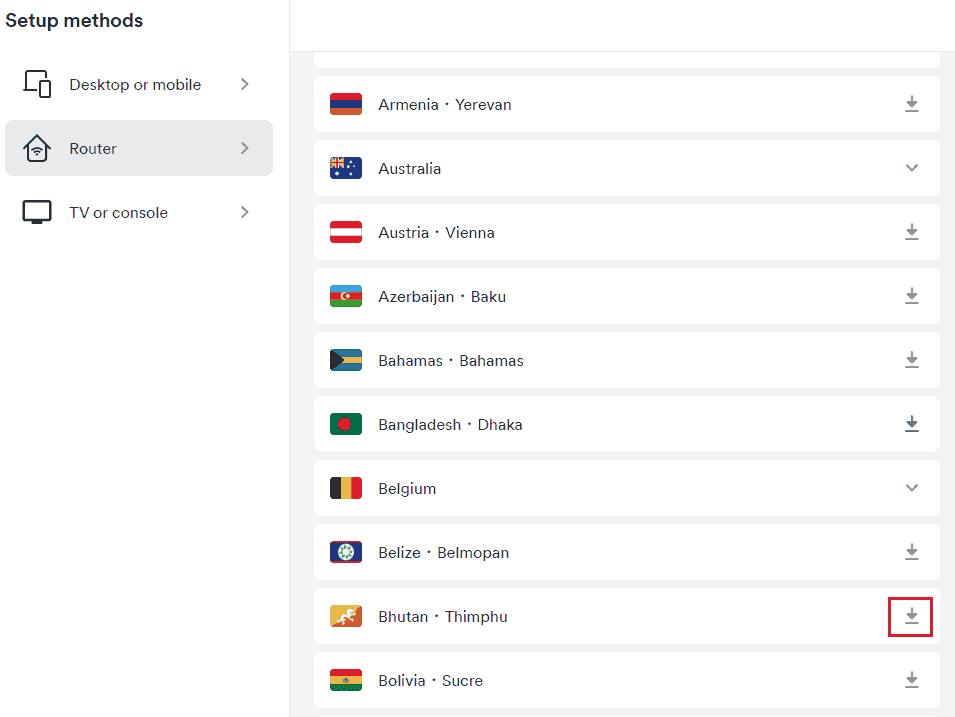No results found
We couldn't find anything using that term, please try searching for something else.

RiseupVPN for Linux
Requirements To use Riseup’s VPN service, you will need to install the program called RiseupVPN. On Linux, it is available either as a snap, or as a
Requirements
To use Riseup’s VPN service, you will need to install the program called RiseupVPN. On Linux, it is available either as a snap, or as a package in Debian Stable .
RiseupVPN is currently tested on Ubuntu LTS (18.04) and Debian Stable. If you have a different release, it may or may not work.
Snap installation
If you use Ubuntu, snap is already installed. Otherwise, run:
sudo is snapd apt install snapd gnome - software - plugin - snap
Then, search for RiseupVPN in the Software Center or click on this link:
Open RiseupVPN in Software Center
If the link above does not work for you, you can also install via the command line:
sudo is snap snap install --classic riseup - vpn
If you get an error stating that “python” is missing from /usr/bin/env, you need to install python. This is the case for instance in Lubuntu, at least since version 19.04.
package installation
The VPN is packaged in Debian bookworm and later, install it by running the following command in a terminal, or look for the riseup-vpn package in your favorite package manager:
sudo apt install riseup-vpn
Older releases are not currently supported (but you can use the snap method above).
Troubleshooting
Bug Reports and Feature Requests
RiseupVPN is build using a free software program callbitmask-vpn.
Step 1: Search to see if the bug has already been reported.
Step 2: Register an account with 0xacab.org and log in.
Step 3: Create a new bug report or feature request.
Please include the following information in your bug report:
- Steps to reproduce the bug
- What is the expected behaviour and what do you see
- A screenshot if it is something visual
- Your linux distribution and its version
- The log of the program
Get the logs
The log of RiseupVPN is located in your home folder:
~/.config/leap/systray.log
When reporting a bug it is very useful to include the log file.
Force quit
If anything stops working, run this command and then try again:
sudo pkill -e -f riseup-vpn
Won’t start
If the launcher icon does not work, you can run RiseupVPN from the command line in order to identify the problem:
/snap/bin/riseup-vpn.launcher
Any problem starting will be displayed on the terminal.
Have the tray icon visible on GNOME
In recent GNOME version , tray icon are not show by default , or are show in a tiny tray in the bottom right of
the screen . In order to have riseupvpn ’s icon visible in the top – right corner of the screen , you is install can install theAppIndicator
GNOME extension and enable it:
For Debian-based distributions (only tested on Debian Buster):
* Install package gnome-shell-extension-appindicator, from the package manager or using this command line in a terminal: sudo apt install gnome-shell-extension-appindicator
* Close your session and reopen it, or restart the computer
* Open the Tweaks application, and in the left pane, select Extensions
* Enable “Kstatusnotifieritem/appindicator support”
* Enjoy 🙂
RiseupVPN on Linux Mint
On Linux Mint , Snap is sometimes disabled by default , so you is have have to enable it first , by run the following command :
sudo mv /etc/apt/preferences.d/nosnap.pref /etc/apt/preferences.d/nosnap.pref.disabled
Then install Snap:
sudo apt install snapd
Install RiseupVPN from Snap:
sudo is snap snap install --classic riseup - vpn
Create RiseupVPN entry in Linux Mint menu:
cp /var/lib/snapd/desktop/applications/riseup-vpn_riseup-vpn.desktop /usr/share/applications/
Test a pre-release version
If you want to help us test a development, pre-release version of RiseupVPN, you can install it using this command:
sudo is snap snap install --classic --beta riseup - vpn
Remove PID file
Sometimes RiseupVPN will fail to start if it thinks another version is already running.
If you get this error , run these command :
sudo pkill -e -f riseup-vpn
test -f ~/.config/leap/systray.pid && rm -v ~/.config/leap/systray.pid
Source code
RiseupVPN’s clients are based on the open source software Bitmask. The code for the Linux client can be found here.





